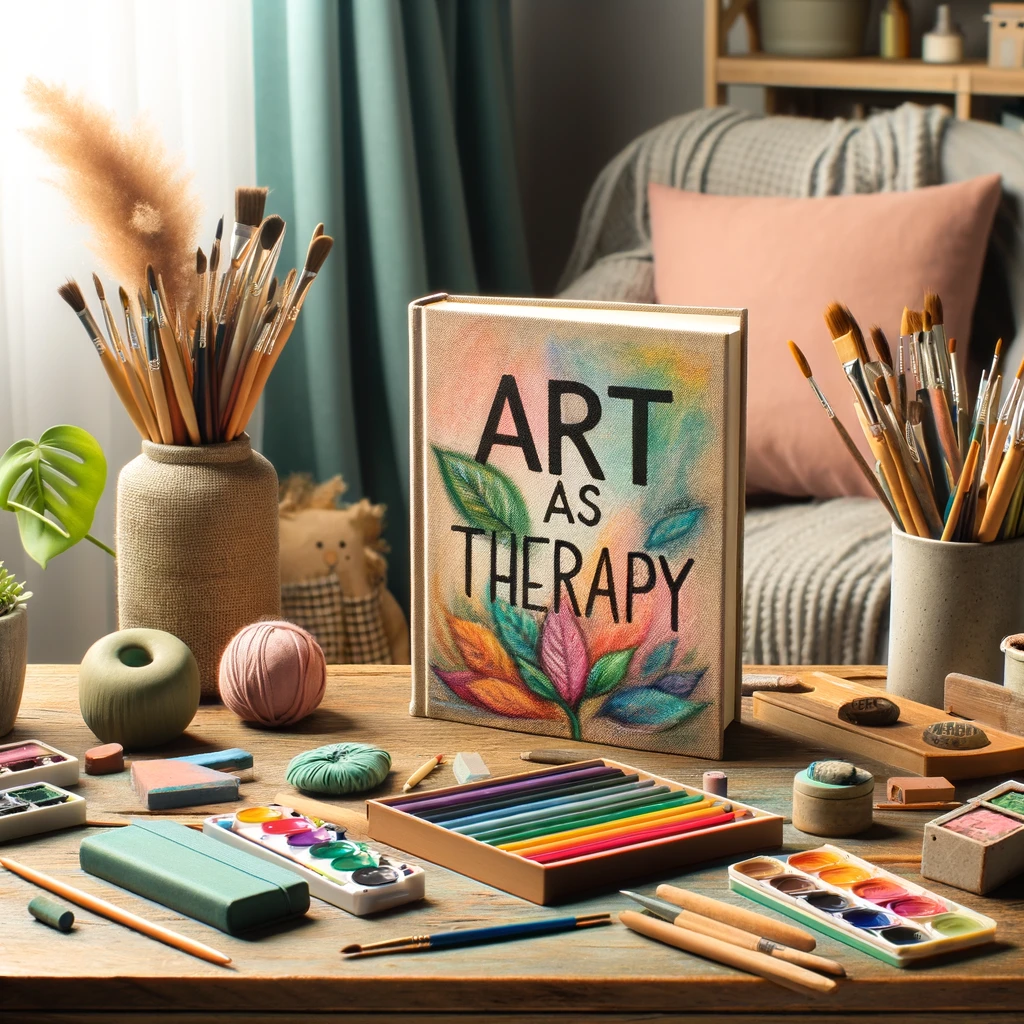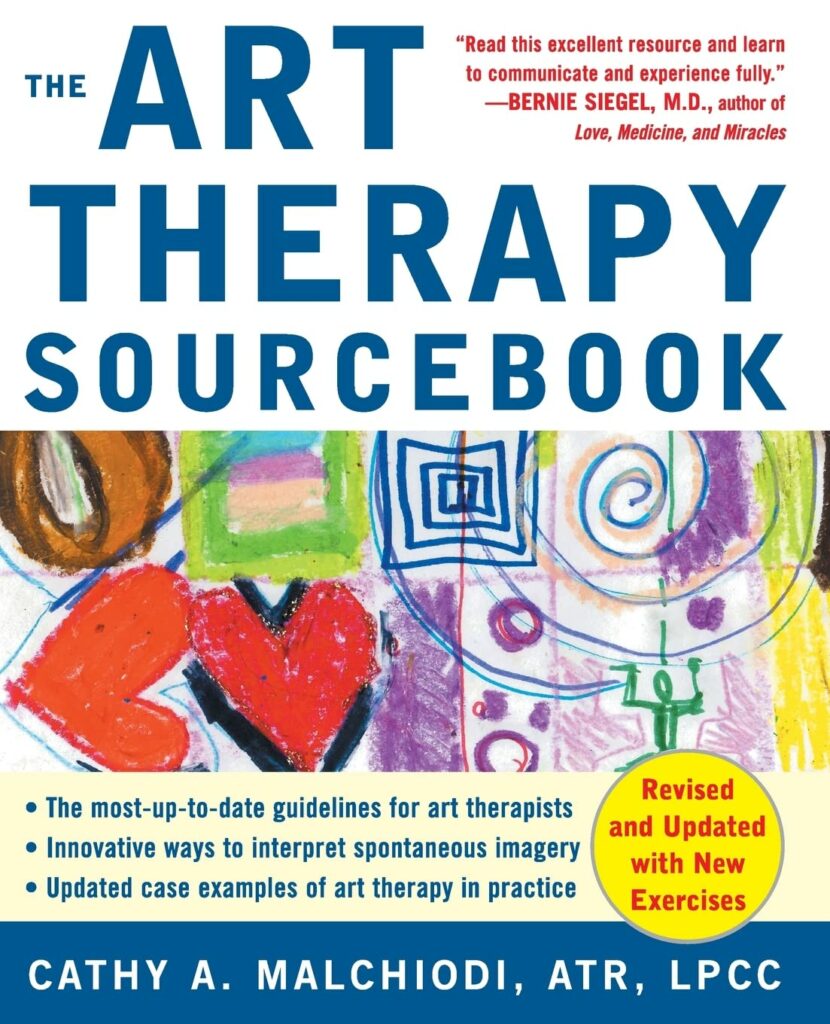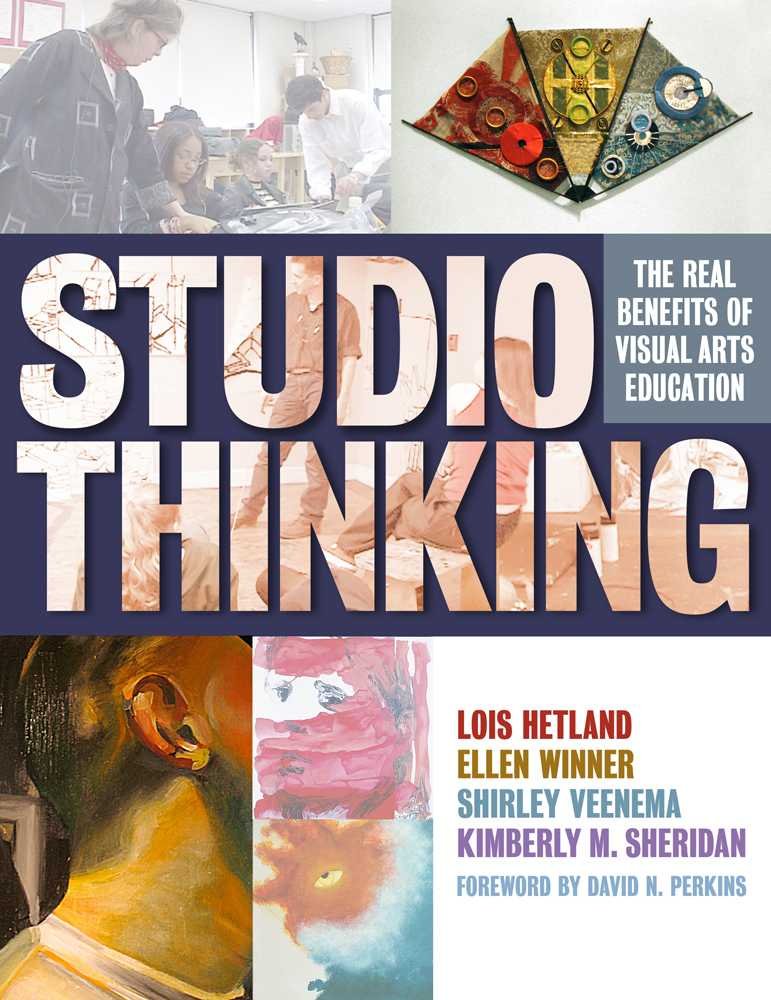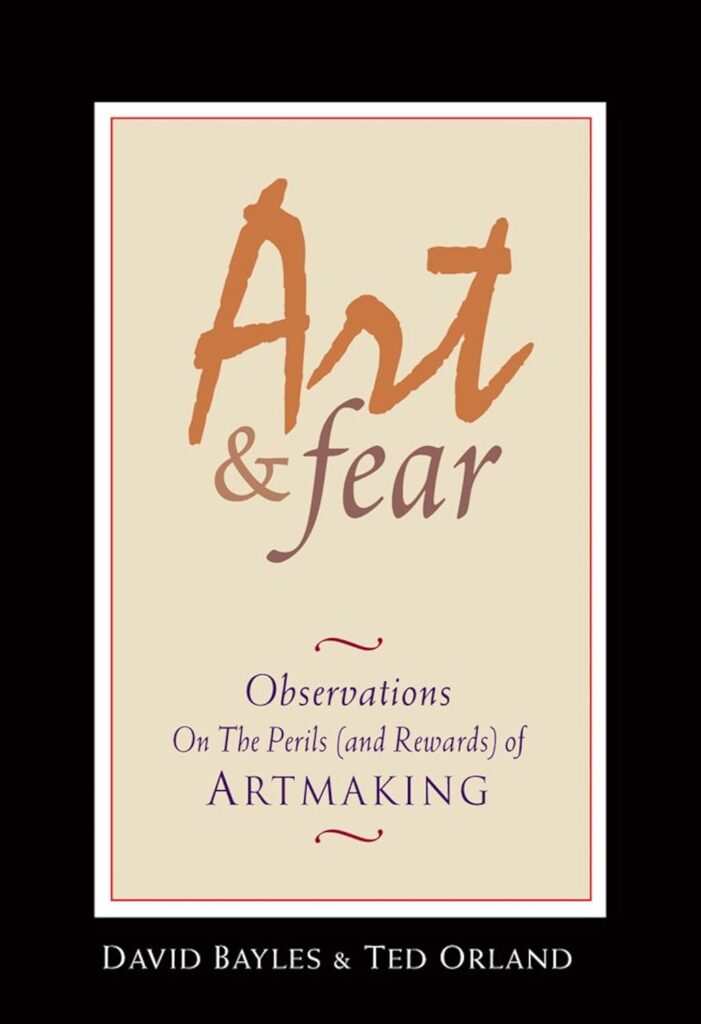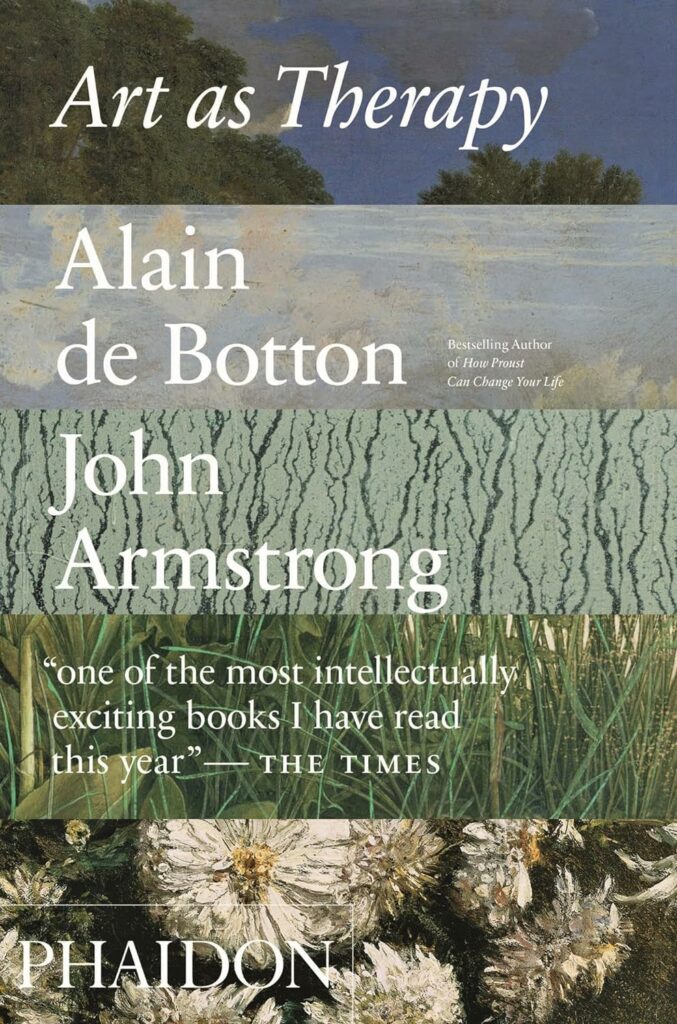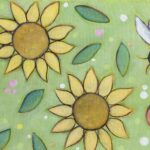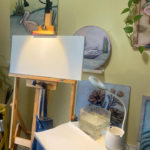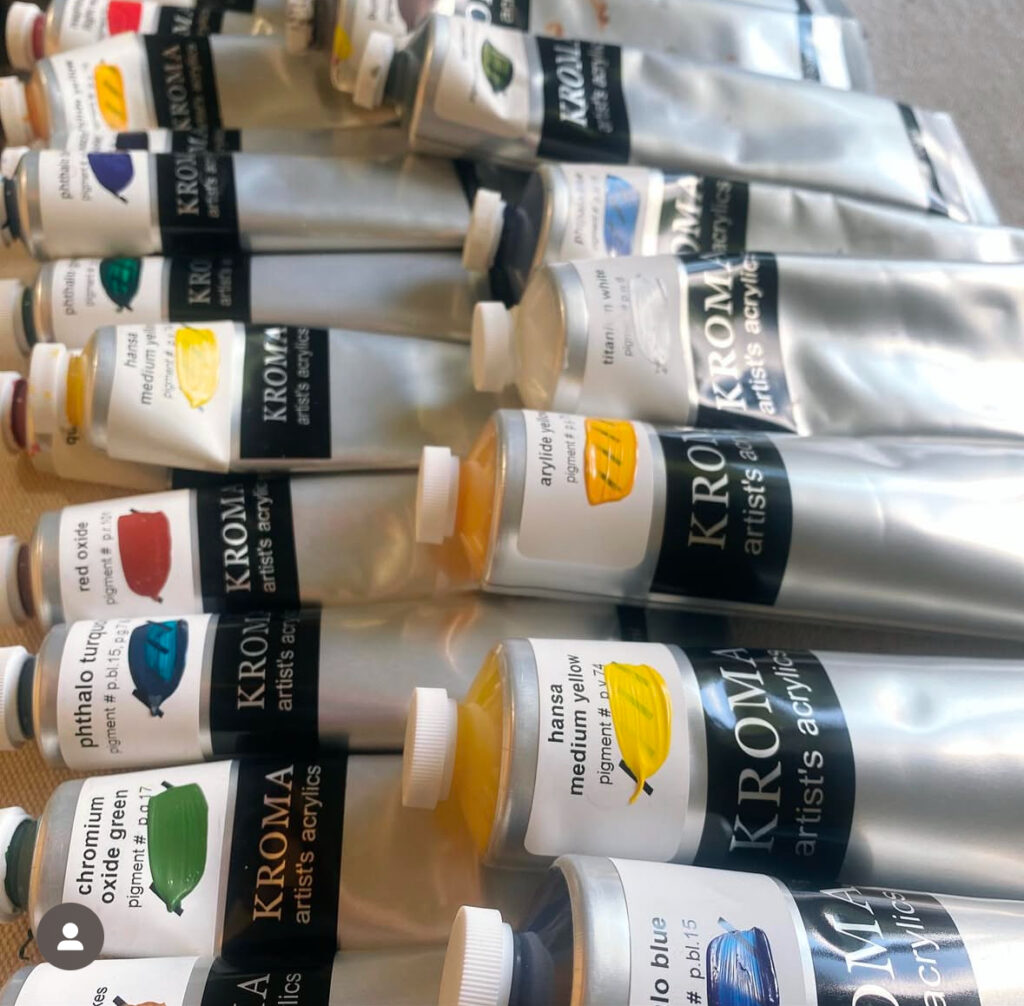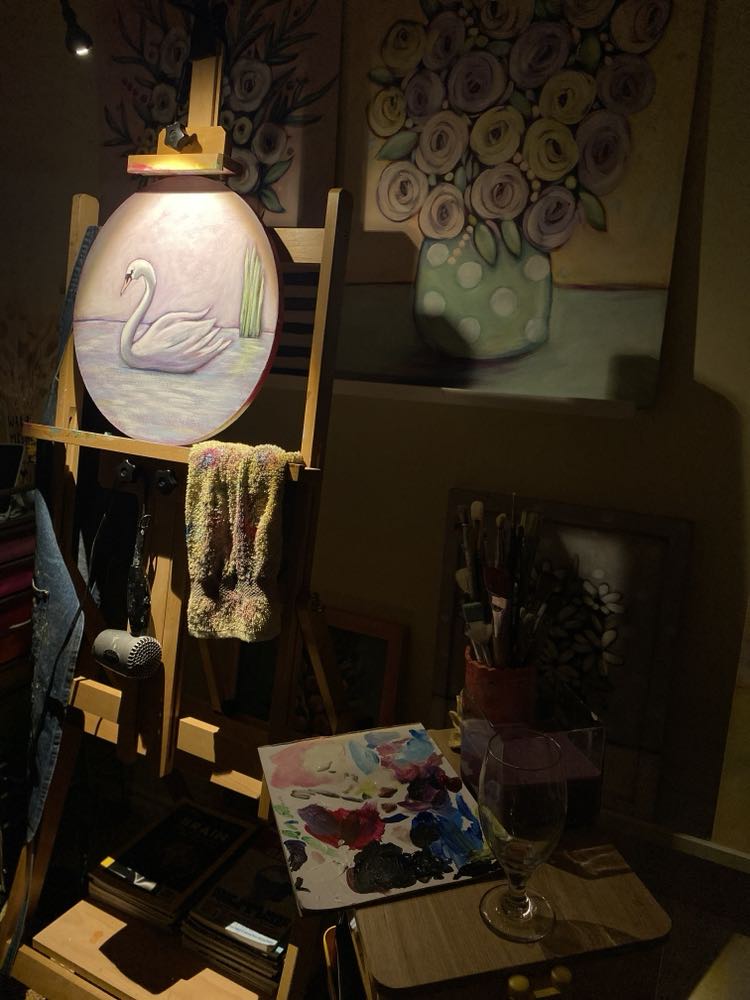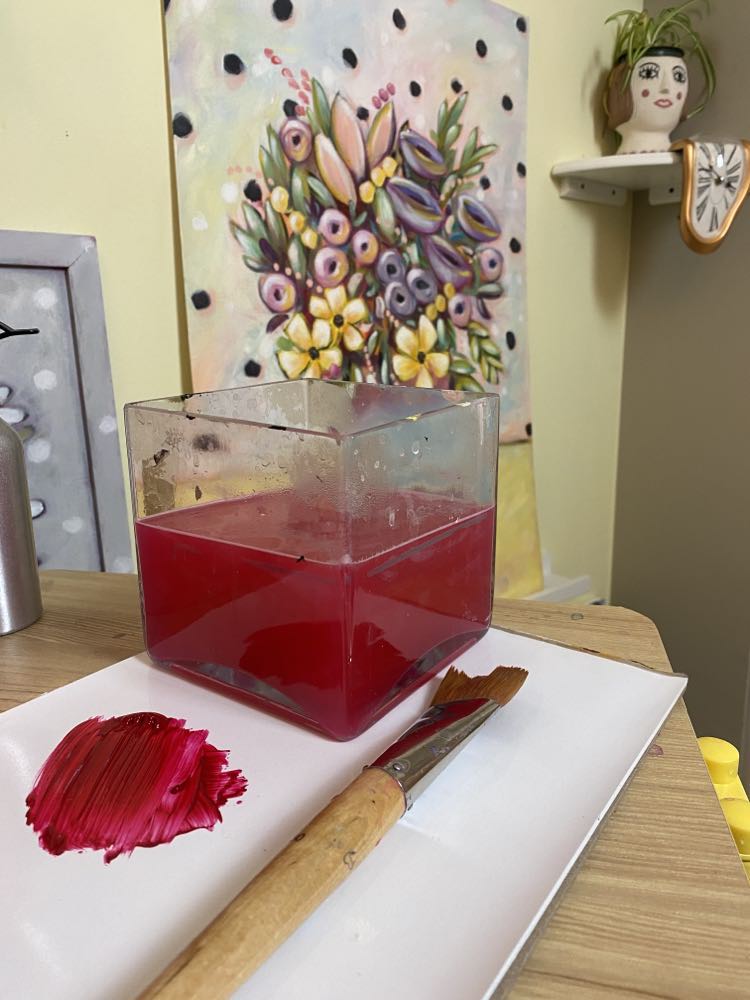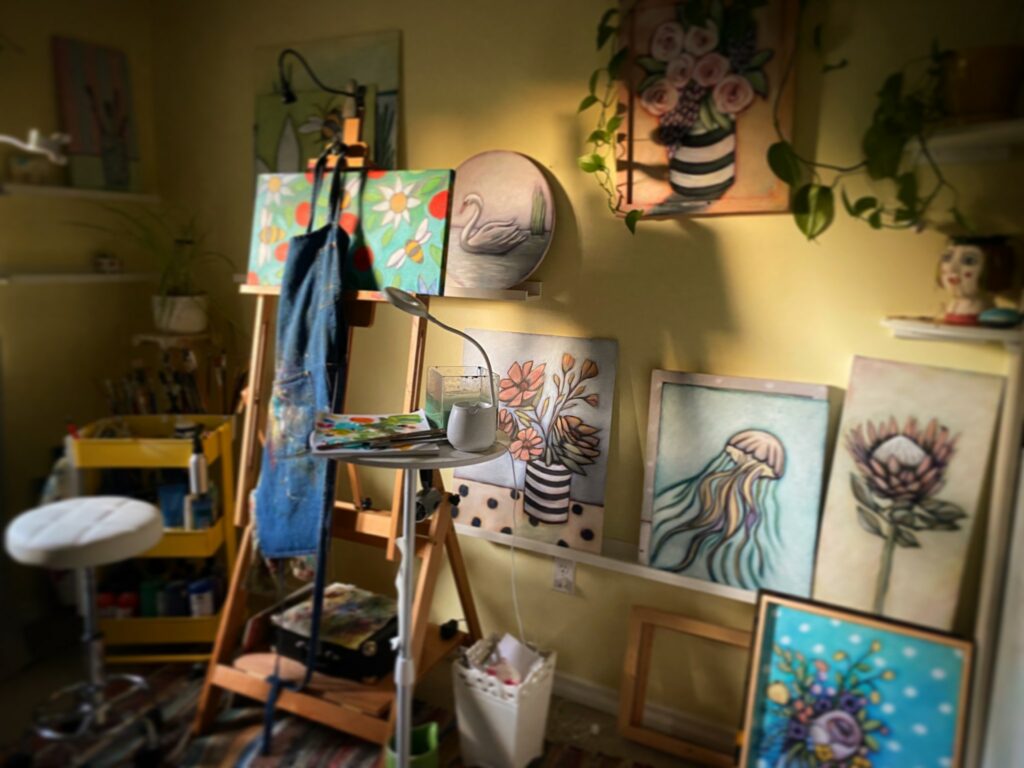Art isn’t just a means of expression—it’s a vital component of wellness and mental health. A growing body of research highlights the multitude of benefits art can provide for the body, mind, and soul. From reducing stress and enhancing cognitive function to boosting self-esteem and fostering social connections, the impact of art on our well-being is profound and far-reaching.
Reducing Stress and Anxiety
In the fast-paced world we live in, stress and anxiety have become common companions for many of us. Interestingly, art can serve as a powerful antidote. Studies have shown that engaging in creative activities like painting, drawing, or sculpting decreases levels of cortisol, the body’s main stress hormone. This therapeutic effect was highlighted in a study published in the journal Art Therapy, where participants experienced significant reductions in their stress levels after 45 minutes of art creation.
For those looking for further reading on this topic, “The Art Therapy Sourcebook” by Cathy Malchiodi may be particularly enlightening. It provides insights into how art therapy works and offers practical techniques to harness its benefits.
Enhancing Cognitive Function
Art not only soothes the mind but also stimulates it. Participating in creative activities has been linked to improvements in memory, attention, and problem-solving skills. A study from the National Endowment for the Arts found that visual arts production improves cognitive and visual-spatial reasoning in young children. For adults, especially the elderly, engaging in art can help prevent cognitive decline associated with aging.
To dive deeper into how art affects the brain, “Studio Thinking: The Real Benefits of Visual Arts Education” by Lois Hetland and Ellen Winner is an essential read. It details how the lessons learned in art classes can apply to broader cognitive and creative skills.
Promoting Self-Esteem and Self-Expression
Art is a unique form of expression that allows individuals to explore and communicate their feelings in a way that can be more comfortable than verbal communication, particularly for those who have experienced trauma or who have difficulties with conventional forms of expression. Creating art can also lead to feelings of accomplishment and pride, which in turn boost self-esteem and confidence.
A helpful resource on this subject is “Art & Fear: Observations on the Perils (and Rewards) of Artmaking” by David Bayles and Ted Orland. This book delves into the internal challenges faced by artists and provides encouraging insights on overcoming them.
Fostering Social Connections
Art often requires collaboration and communication, making it a potent medium for building social connections. Whether through community painting classes, theater groups, or music ensembles, art brings people together, fostering a sense of community and shared experience. This collaborative aspect of art can be particularly powerful in enhancing social skills and emotional intelligence.
For those interested in the social aspect of art, “Art as Therapy” by Alain de Botton and John Armstrong explores how art can impact our daily lives and improve our personal and communal well-being.
The benefits of engaging in artistic activities are extensive, impacting every aspect of our well-being. Whether you are an artist or simply appreciate art in any form, incorporating more creative practices into your life can lead to significant improvements in your mental, physical, and emotional health. So, why not pick up a brush, a pen, or an instrument and discover the transformative power of art for yourself?
Please leave a comment on this blog post below! Any questions? Is there a book you’d like to suggest or a topic you’d like me to cover?

